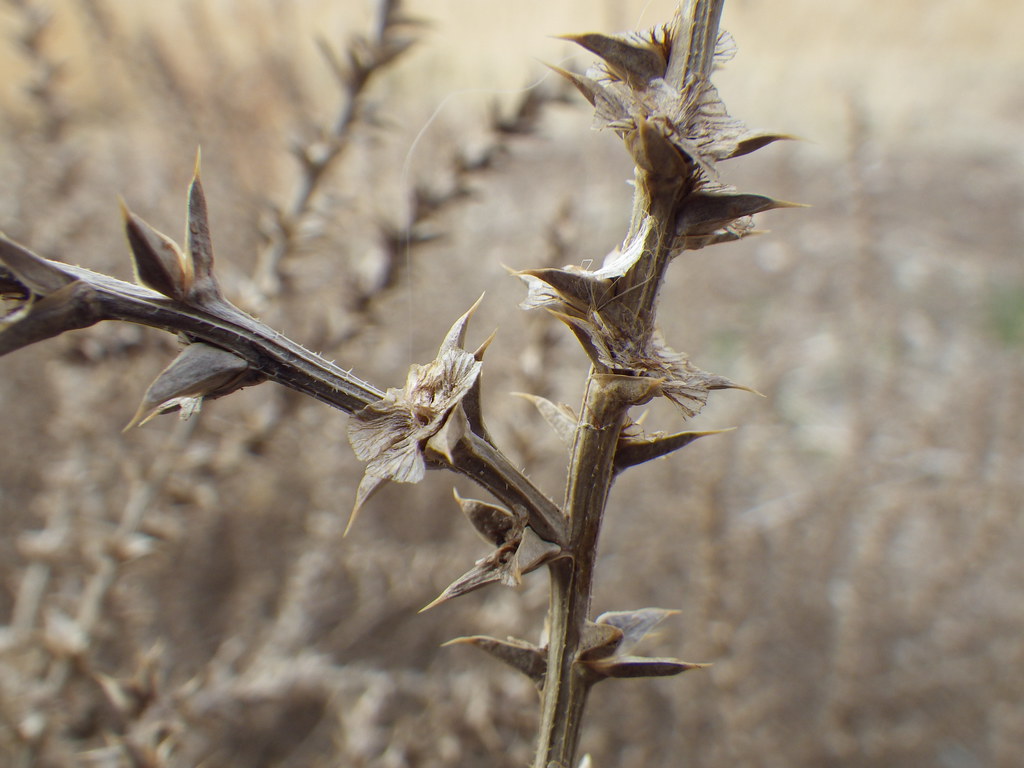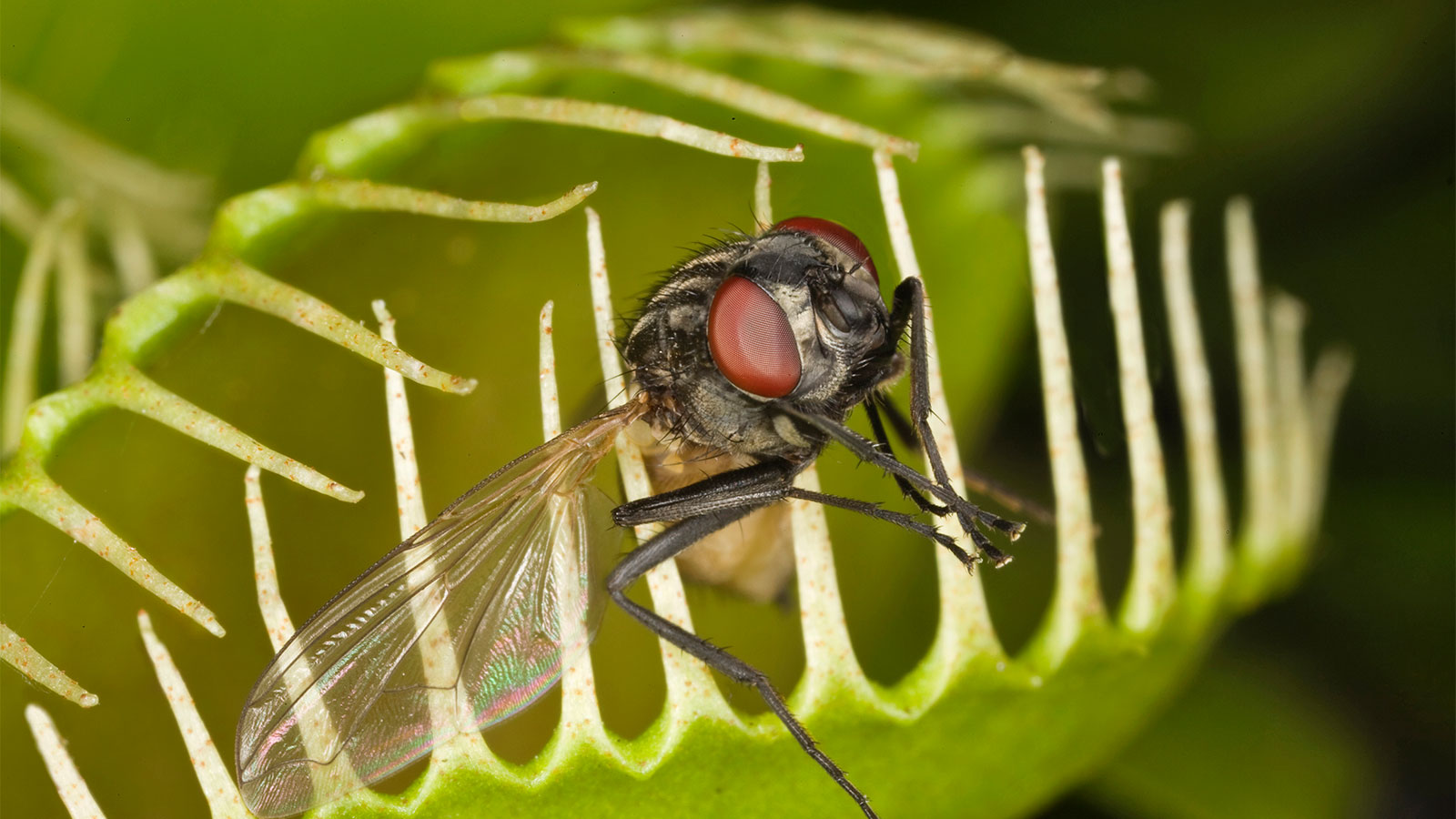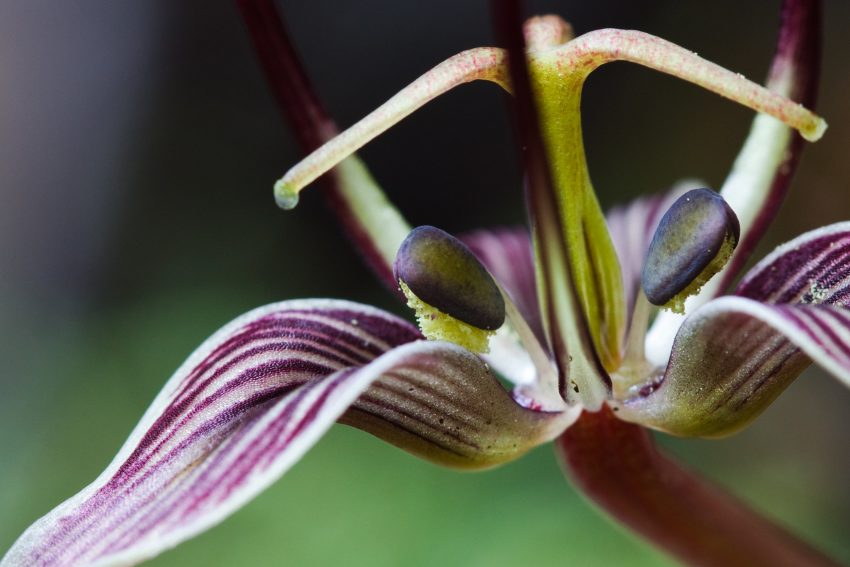Humans rely heavily on plants, whether for food, timber, colors, textiles, medications, cosmetics, soaps, rubber, and so on. However, today’s study focuses on the in-built defensive mechanisms of plants rather than their value or usefulness.
Plants Have the Ability to Defend Themselves
 Plants have a wide range of defenses to ensure the survival of their species in the continual battle for existence. Individual plants seek refuge in multitudes. For example, grasses, which are ordinarily defenseless, grow so swiftly and abundantly that there is little danger of their being fully exterminated by animals like cattle and sheep. Other plants live because they have effective defense mechanisms. Mountain laurel and rhododendron, for example, contain a potent toxin in their leaves, but barbs, spines, or bad odors efficiently defend other plants. Certain plants have evolved methods of attracting insect buddies, which either assist in pollination or kill other insects that are damaging to these plants.
Plants have a wide range of defenses to ensure the survival of their species in the continual battle for existence. Individual plants seek refuge in multitudes. For example, grasses, which are ordinarily defenseless, grow so swiftly and abundantly that there is little danger of their being fully exterminated by animals like cattle and sheep. Other plants live because they have effective defense mechanisms. Mountain laurel and rhododendron, for example, contain a potent toxin in their leaves, but barbs, spines, or bad odors efficiently defend other plants. Certain plants have evolved methods of attracting insect buddies, which either assist in pollination or kill other insects that are damaging to these plants.
In general, there are several types of plant defenses. Certain varieties defend the plant from all threats, while others are exclusively effective against certain foes. There are defensive systems that just help to repel attackers, while others may cause significant harm to any creatures that try to assault the plant.
Plant Poisons Are Effective Defenses
Plant poisons are among the most effective plant defenses, acting when the plant is handled or eaten. It’s worth noting that not all sections of the plant are equally deadly or dangerous. The majority of the poisons are concentrated in the plant in the plant sections that are most vulnerable to attack: the leaves, which produce food, and the fruits and flowers, which function as reproductive organs.
Different toxins have varied impacts on other species. Poison ivy, for example, causes extremely painful skin irritation in humans, yet it is the major source of food for some insects that consume the plant’s leaves.
Different Types of Plant Poisons
 Plant toxins are composed of complex chemical substances such as alkaloids, glucosides, resinoids, and organic acids. They cause a wide range of symptoms in their patients. Plants that are dangerous by touch, such as poison ivy, release a variety of alkaloid poisons. As previously stated, the major impact is a rash, which is known as contact dermatitis.
Plant toxins are composed of complex chemical substances such as alkaloids, glucosides, resinoids, and organic acids. They cause a wide range of symptoms in their patients. Plants that are dangerous by touch, such as poison ivy, release a variety of alkaloid poisons. As previously stated, the major impact is a rash, which is known as contact dermatitis.
Prussic acid is a glucoside-type toxin secreted by plants such as sorghum, arrowgrass, and certain wild cherry species. This acid kills animals within minutes of eating a plant containing it. Tremetol, a chemical found in white snakeroot and rayless goldenrod, is another active element in many plant poisons. Tremetol produces the grazing animal illness ‘trembles,’ which is characterized by muscle weakness and trembling. This type of animal poisoning is especially concerning to humans since the toxin is highly soluble in cow’s milk and can be passed to humans via that medium. The ailment is usually known as “milk sickness” in humans.
Plants That Produce Photosensitizing Toxins
Photosensitizing toxins are secreted by several plants. These compounds make an animal very light-sensitive. If the animal remains in the shade, it will be unharmed, but, if it is exposed to direct sunlight, it will suffer a range of symptoms, including death. Buckwheat and St. John’s wort, for example, release photosensitizing toxins.
Some dangerous plants do not produce their toxins at all, instead absorbing them straight from the soil. Because selenium is usually found in their venom, these plants are generally referred to as seleniferous. Certain species of shale can absorb this element through their roots. Plants of this type include locoweed, wild aster, and prince’s plume. They are responsible for alkali sickness and “blind staggers.”
What are your thoughts on plant defenses in light of the aforementioned article? Please share your thoughts in the comment section below!

